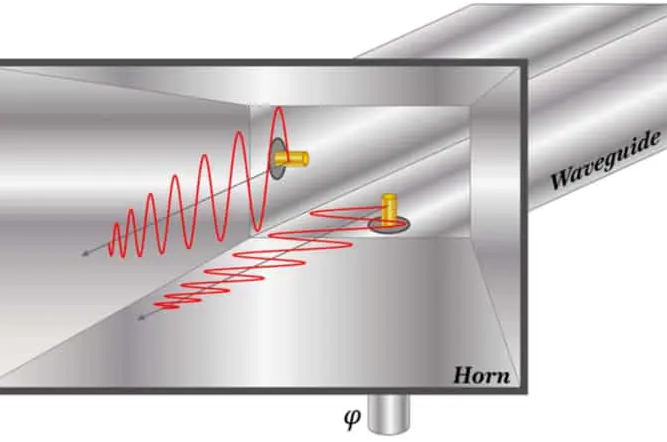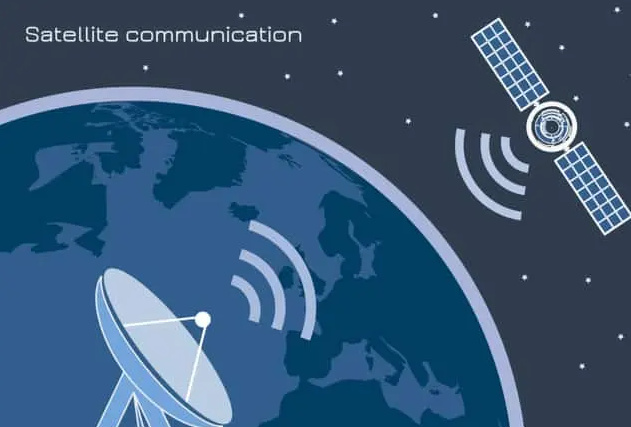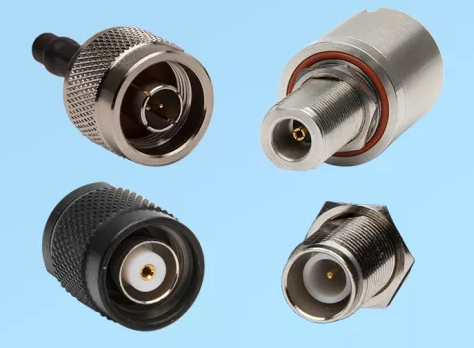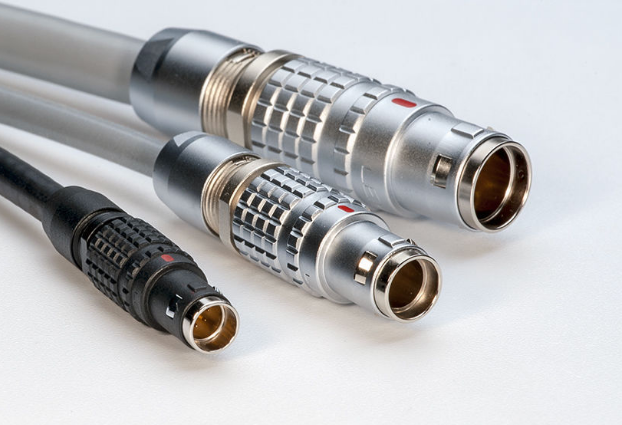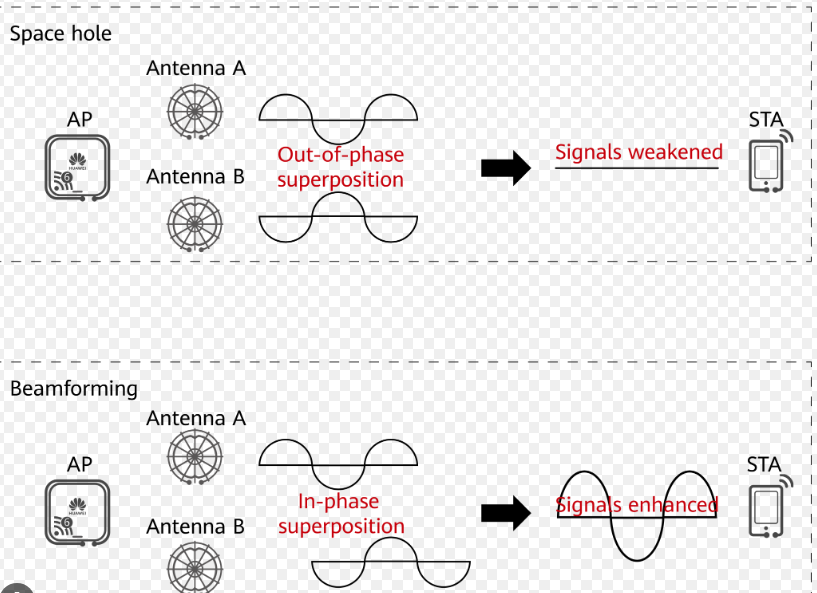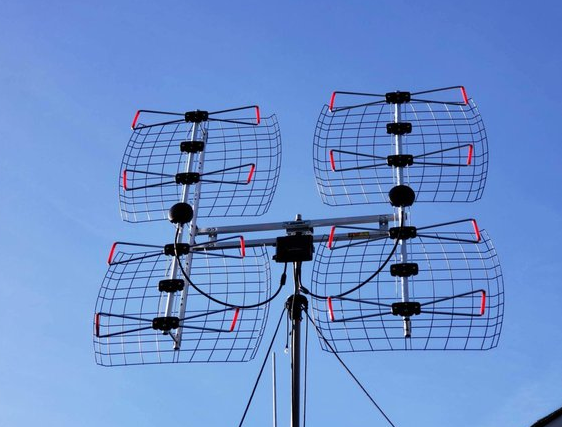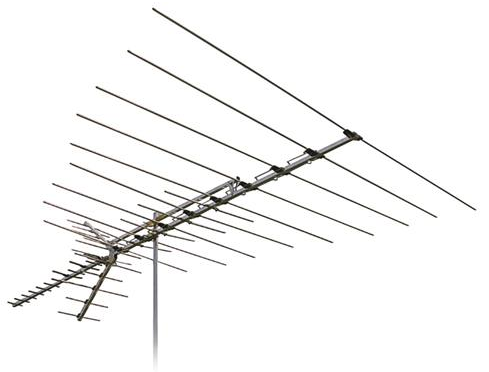What are the three 3 modes of waveguide
The three modes of a waveguide are Transverse Electric (TE), Transverse Magnetic (TM), and Transverse Electromagnetic (TEM). Transverse Electric (TE) Modes Transverse Electric modes are an important element of the operation of waveguides and find particular application in applications relative to microwave and, especially, optical frequencies. In particular, the TE modes are important for devices […]
What are the three 3 modes of waveguide Read More »

